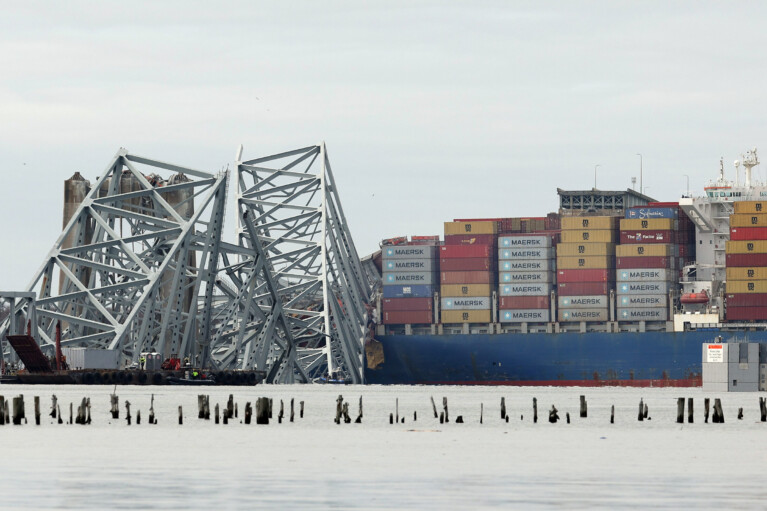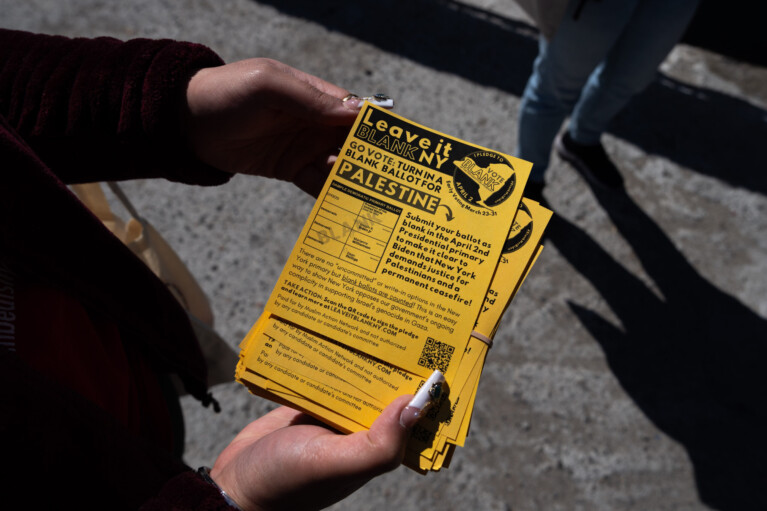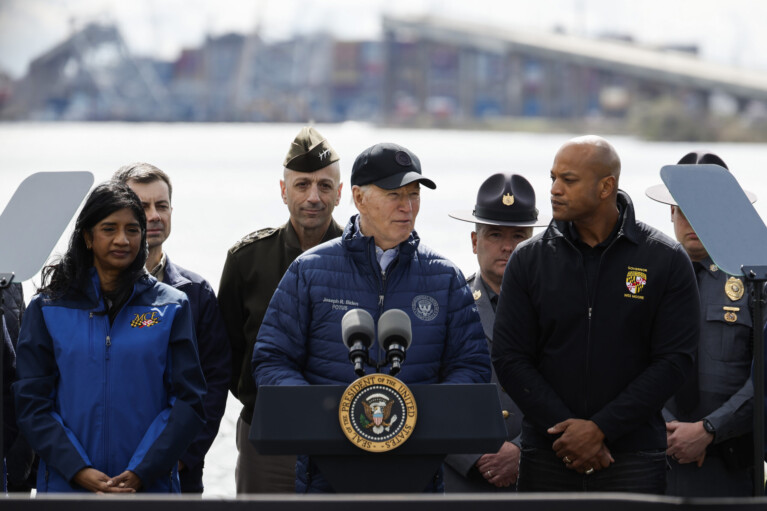If you hang around politics long enough, you’ll invariably hear a race described by the “lane” each candidate occupies.
It’s a simplistic way of defining each candidate’s message, and it also suggests that voters are happy to place candidates in distinct ideological or strategic boxes. You’re always hearing about the progressive lane, the moderate Lane, the conservative lane, and so on.
It’s never been my favorite political descriptor. What about the Penny Lane? What about the Lois Lane? What about the express checkout lane? You get my drift.
But the lanes are certainly a handy way of looking at a race. Just consider the fight for the Democratic presidential nomination.
Bernie Sanders and Elizabeth Warren are undoubtedly in the progressive lane — or maybe even the Democratic Socialist lane. Joe Biden and Michael (now he’s “Mike,” all of a sudden, man of the people) Bloomberg and Amy Klobuchar and Pete Buttigieg are in the moderate lane — though you wouldn’t have necessarily said that about Buttigieg at the outset of his campaign.
If ever there was an establishment lane, Biden is in it. Kamala Harris struggled in part because she couldn’t quite find her lane.
So now we regard the Democratic primary for mayor of Baltimore, which finally feels fully formed now that former mayor Sheila Dixon has joined the fray. And we’re wondering if the lane metaphor fits.
Certainly, there seem to be distinctive points of view and tactics and posturing among the six leading Democratic contenders. And plenty of people who observe the primary will try to fit them into lanes.
Mayor Bernard C Jack Young is undoubtedly in the old line pol establishment lane. He has been in elective office since 1996 and has been knocking about politics in Baltimore for at least a decade longer.
Former mayor Sheila Dixon, though she has struck a renegade’s tone and is portraying herself as the aggrieved victim of Catherine Pugh’s corruption, also fits more or less into the old line pol category. She spent two decades on the City Council before inheriting the mayoralty after Martin J. O’Malley was elected governor in 2006.
There’s a progressive lane for sure, and state Sen. Mary L. Washington occupies a part of it. She is a progressive instinctively, and also qualifies as a political outsider, despite having served for nine years in Annapolis.
Many people would suggest that City Council President Brandon M. Scott is also a progressive. He has surely outlined some progressive positions, and is undoubtedly considerably to Young’s left.
But don’t confuse youth and energy for a reflexive and deeply-ingrained progressive political philosophy. It’s hard not to wonder sometimes if some of Baltimore’s talented young politicians — like Scott and those aligned with him, including state Sens. Cory V. McCray and Antonio L. Hayes and City Councilmember Shannon Sneed are really just machine pols who happen to be a generation or more younger than the people who are running the city now.
That’s a deeper question, and we might not truly know the answer until years from now, when they’ve had a chance to truly put their stamp on the city. But it might remain in the back of city voters’ minds.
Finally, there appears in this primary to be a lane for crime fighters. That’s occupied most prominently for now by Thiru Vignarajah, a former assistant attorney general who ran unsuccessfully for state’s attorney in 2018, and T.J. Smith, a former spokesman for the Baltimore Police Department.
Vignarajah in particular is riding the crime issue hard. He has rolled out a comprehensive plan for reducing crime, and he adroitly finds his way into the public narrative whenever high-profile crimes occur.
The latest set of carnage in the city this past weekend — especially with Christmas so close — is making an already jittery electorate even more desperate and disgusted, and increases the likelihood that crime will be uppermost in many voters’ minds. That’s got to help candidates like Vignarajah and Smith, and may call into question whether a reform-minded candidate like Washington can gain any traction.
Conventional punditry always suggests that if there are too many candidates in one lane, then it may present an opportunity for a candidate who is occupying another lane. Beware of oversimplifying.
The final question, of course, is what the voters themselves are looking for.
It is highly unlikely that a Baltimore Democrat heading to the polls on April 28 is going to say, “I want a candidate from the criminal justice lane,” or “I want a candidate from the progressive lane,” or “I want a candidate from the establishment lane.”
No, voters will develop a series of criteria to evaluate the contenders. Am I comfortable with this candidate? Do I approve of what he or she is saying and do I like the vision that’s being presented? How have I responded to the candidate’s TV commercials and other campaign materials? Which candidate would I most like to have a beer with? Who is finally going to restore some order and hope to this beleaguered city?
Pundits like to stick candidates in lanes. Voters don’t. And if they ascribe different qualities to the candidates than the so-called experts do, and make an informed choice in the bargain, so much the better.




 Creative Commons Attribution
Creative Commons Attribution